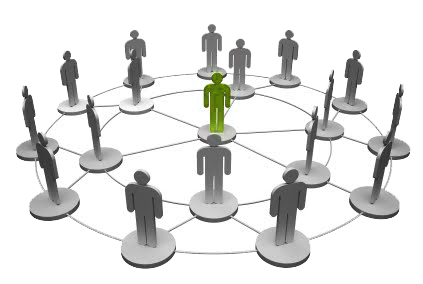 In our contemporary age, most of us understand the role of processes. Processes are what takes the raw materials of production, whether they be aluminum ingots or knowledge of the human brain and turns them into a soda can or the removal an aneurysm. But a cousin to processes are routines. Routines are tasks and activities that are regular patterns of human behavior. For a leadership system, routines and processes are part of what makes leadership – a system.
In our contemporary age, most of us understand the role of processes. Processes are what takes the raw materials of production, whether they be aluminum ingots or knowledge of the human brain and turns them into a soda can or the removal an aneurysm. But a cousin to processes are routines. Routines are tasks and activities that are regular patterns of human behavior. For a leadership system, routines and processes are part of what makes leadership – a system.
A conversion with a the director of a level 1 trauma center revealed a simple, but important routine. The current CEO of the hospital regularly rounds to each department, including the trauma center 2-3 times a week. In doing so, he learns the names of physicians and nurses. He learns their concerns, what they like about the job and what frustrates them. He invites 2-way communication and dialog. He learns in real time any potential labor challenges that might be on the horizon. Consequently, trust and respect for the administration is high. Senior leaders, following the lead of the CEO do the same. A culture of mutual respect and trust grows.
Contrast this with executive leaders who lead from the sanctum of their office. Out side of direct reports, there is no relationship. For this type of leader, trust and respect of the workforce is probably not a priority.
Processes and routines are also the bank of organizational knowledge, skills, and experience. They serve as organizational memory. Procedures are changed and turned into new routines and processes because experience and data says there is a better way. Innovation occurs when existing processes are modified, reorganized, and streamlined. For the leadership system, processes and routines need the same kind of continual evaluation as an intricate surgical procedure. Annual strategic planning needs continual review and the process itself to make it more effective. Communication between senior leaders and front line staff always needs improvement. Routines that encourage and build 2-way communication yields enormous value.
The challenge is that only when we understand leadership as a system, will we understand how to improve the system. By understanding leadership as a system, leaders can be trained to its requirements.
